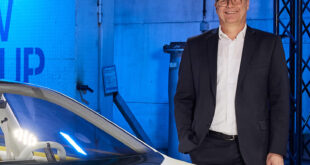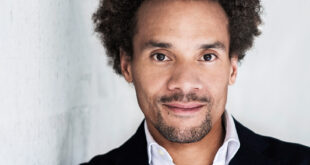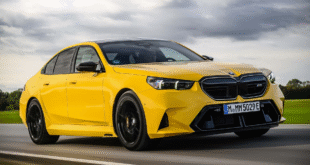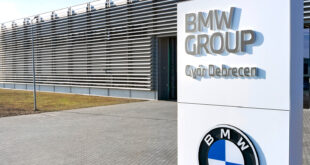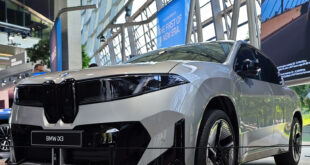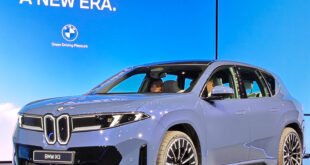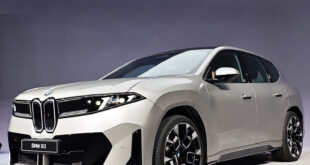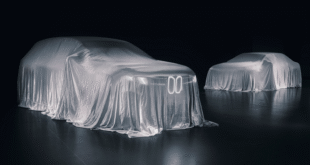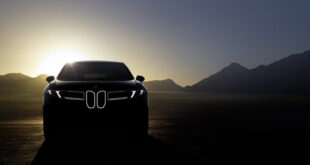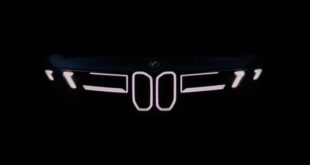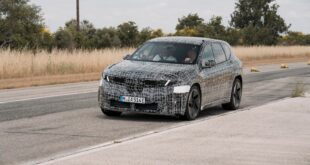BMW’s bold tilt toward electrification is paying off handsomely. In the second quarter alone, the group moved 161,462 battery-electric and plug-in hybrid vehicles – a 10.2 per cent lift on last year – while first-half electrified deliveries surged 18.5 per cent to 318,949. Leading the charge is the forthcoming BMW iX3, first of the Neue Klasse generation, whose 800-volt architecture promises lightning-quick charging and an advertised range approaching 560 miles. That prospect has swelled the order bank and silenced the chorus that once labelled BMW’s electric push a costly gamble.

MINI has become the group’s surprise powerhouse: one in three customers now chooses a fully-electric hatch or Countryman, helping the British marque to a 17.3 per cent jump in overall volume. Even ultra-luxury sister brand Rolls-Royce is steady, with the Spectre quietly introducing silent propulsion to Goodwood’s clientele. By contrast, Tesla’s recent slide in global deliveries highlights just how sharply fortunes can diverge in the fast-moving battery market.
BMW’s momentum shows no sign of easing. The firm has more than fifteen pure-electric models on the road, topped by milestone achievement number 1.5 million in June, and the pipeline is swelling. Neue Klasse saloons and estates will follow the iX3, each underpinned by efficient drive units, recycled materials and software-rich cockpits designed to evolve over time. For customers, the message is clear: range anxiety is shrinking, infrastructure is growing, and Munich’s engineering nous remains very much intact.
For all the noise that once greeted BMW’s strategy, the scoreboard now reads differently. Sales are climbing, new models are imminent, and the iX3 stands ready to convert yet more drivers to electrons. The gamble, it seems, has become a winning hand.
 BMW.SG | BMW Singapore Owners Community The Ultimate BMW Community – Established Since 2001
BMW.SG | BMW Singapore Owners Community The Ultimate BMW Community – Established Since 2001
